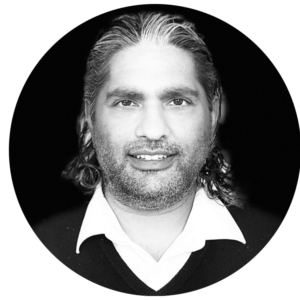George Soros: The Mastermind of Modern Investing
For equity investors, few names evoke as much intrigue, admiration, and sometimes controversy as that of George Soros. A legendary figure in the annals of investing, Soros’s life story, investment strategies, and insights are a treasure trove for anyone eager to understand the market’s dynamics. This in-depth exploration delves into Soros’s beginnings, his investment ethos, and the legacy he has left behind.
The Humble Beginnings: From Budapest to London
Born in 1930 in Budapest, Hungary, George Soros’s life was marked by adversity. Soros and his family faced the menacing cloud of Nazi occupation and persecution as a Jewish teenager during World War II. They survived by securing false identities and helping other Jews escape similar fates.
Following the war, Soros fled communist-dominated Hungary in 1947 for London. While studying at the London School of Economics, he chanced upon the works of philosopher Karl Popper. Popper’s ideas, especially his theory on the “Open Society”, would deeply influence Soros’s future philanthropic and political pursuits.
The Investment Philosopher
Soros’s investment strategy is rooted in a concept he dubbed “reflexivity”. In essence, it suggests that markets are not always efficient because of the biases and perceptions of participants. Market values are influenced by a feedback loop between perception and reality, sometimes leading to boom-bust patterns.
This philosophy greatly contradicts the popularly accepted Efficient Market Hypothesis. But this very contrarian viewpoint allowed Soros to capitalize on some of the most significant market mispricings of the 20th century.
One of the most notable instances showcasing Soros’s application of reflexivity was his audacious bet against the British pound in 1992. Sensing vulnerability and overvaluation, Soros’s fund shorted billions in the currency. When the Bank of England finally capitulated, Soros earned a whopping $1 billion in profit, earning him the title “The Man Who Broke the Bank of England.”
The Quantum Fund and Beyond
In 1969, Soros established the Quantum Fund in collaboration with Jim Rogers. The fund would become one of the most successful hedge funds of its time, consistently outperforming market averages. Soros’s knack for understanding global macroeconomic trends, combined with his application of reflexivity, enabled the Quantum Fund to achieve staggering returns.
Throughout the 70s and 80s, Soros continued to make winning bets on commodities, currencies, and stocks across the globe. His investment decisions were sometimes complicated. He often combined shrewd financial acumen with geopolitical analyses, making bets that others deemed too risky.
The Philanthropist
George Soros is not just an investment magnate. He’s a philanthropist at heart. Soros has donated billions through the Open Society Foundations to promote democratic governance, human rights, and social reform in over 120 countries. His philanthropic endeavours, inspired by the teachings of Karl Popper, are a testament to his belief in a just, open, and equitable society.
Key Takeaways for Investors:
- Understanding Market Psychology: Soros’s principle of reflexivity highlights the importance of understanding market perceptions and biases.
- Global Macroeconomic Trends: Awareness of larger geopolitical and economic shifts can lead to profitable investment opportunities.
- Risk Management: While Soros took significant risks, he always had a clear exit strategy and understood the potential downsides.
- Continuous Learning: Soros’s life illustrates the importance of continuous learning, adaptability, and evolving with changing market dynamics.
In Conclusion
For equity investors, understanding the journey and strategy of George Soros is more than just a lesson in finance. It’s a deep dive into market psychology, global politics, and the sheer grit it takes to rise from humble beginnings to the pinnacle of the investment world. Whether one agrees or disagrees with his political and economic views, there’s no denying the indelible mark George Soros has left on the world of investing.


